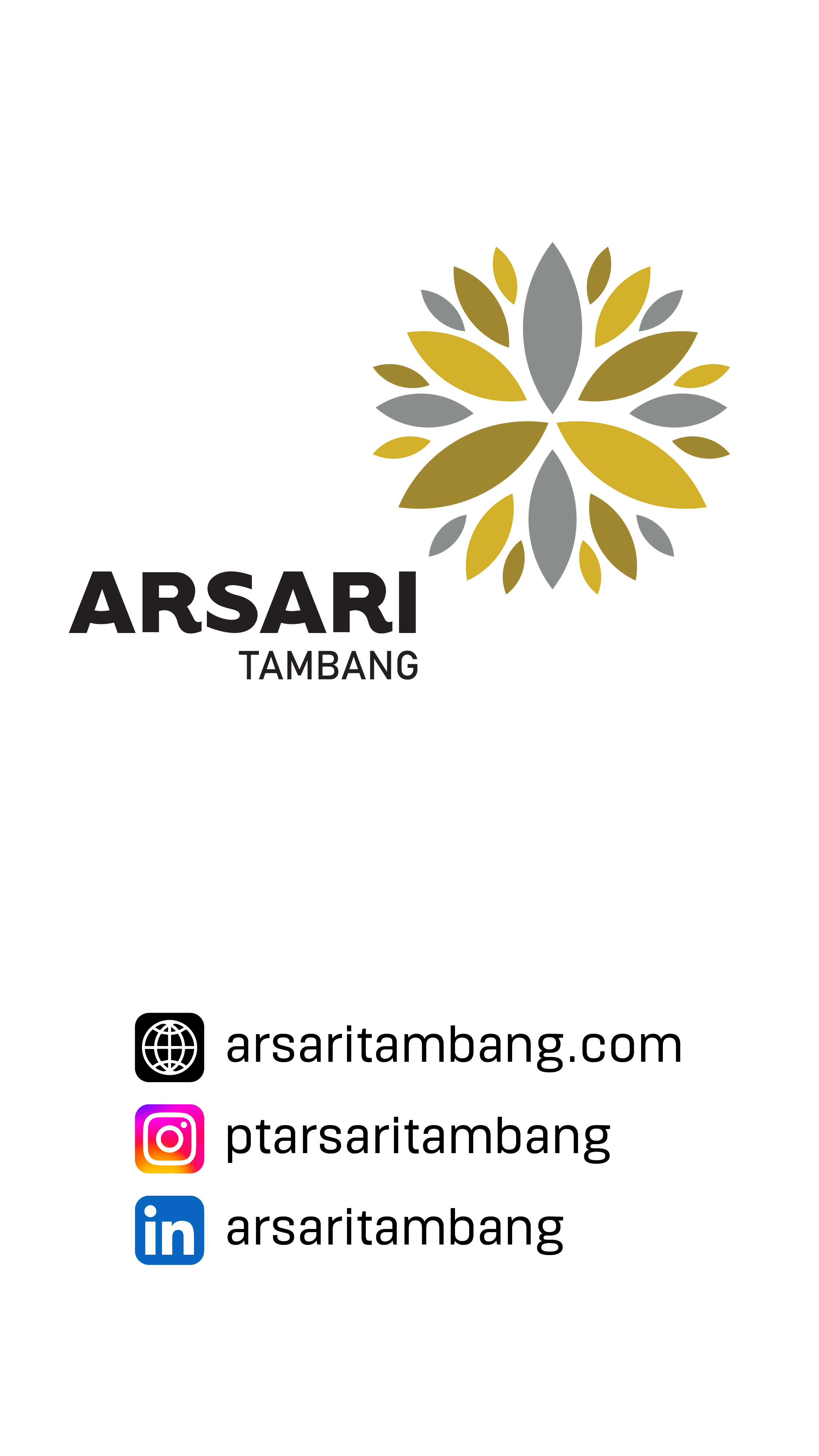







SARGA.CO – Among Japan’s elite racehorses of the 1980s, the name Gold City stands out not just for his racing record, but for his unforgettable charm. Born on April 16, 1984, Gold City was far more than an ordinary horse — he was a symbol of luxury, elegance, and a touch of mischief in the world of horse racing.
Gold City hailed from a prestigious lineage. His sire, Viceregal, was a Canadian-bred stallion of elite descent. From his dam’s side, Italian City, he inherited the blood of Tesco Boy (UK) — one of Britain’s most influential thoroughbreds who left a lasting mark on Japanese racing.
Even before stepping onto the track, Gold City was already a head-turner. His shimmering golden-chestnut coat gleamed under the sunlight, making him impossible to ignore. In the paddock, he wasn’t just another competitor — he was the center of attention. His sharp, charismatic gaze often made spectators wonder: Is he just handsome, or is he fast too?


Gold City began his racing career at the age of two — the age when true potential begins to show — and he didn’t disappoint.

In the 1986 Hanshin Sansai Stakes (G1), he captured a brilliant victory, cementing his reputation as one of the best two-year-olds of his generation. That win earned him the JRA Award for Best Two-Year-Old Colt (1986) — official recognition of his immense promise.
As a three-year-old, Gold City continued to prove his class. Though not always finishing first, his runner-up performances in two G1 races — the Satsuki Sho and Kikuka Sho — showed that he was always a contender among Japan’s finest.
His record spoke of consistency: 20 starts, 3 wins, 4 seconds, and 3 thirds.
More than the prize money, Gold City earned lasting admiration from his trainers, jockeys, and fans across Japan.
On the track, he was a fierce competitor — but off the track, Gold City was known for his personality. His trainer once joked that Gold City was “the laziest horse to wake up in the entire stable.”
During training sessions, he could be stubborn and moody, refusing to move unless he felt like it. At times, the trainer quipped that Gold City “might be better suited as a Disneyland parade horse than a professional racer.”
But perhaps it was exactly this attitude that made him so beloved. To his fans, Gold City was the perfect blend of beauty, mischief, and fighting spirit — a combination that turned him into a racing icon.
Gold City may not have collected many G1 trophies, but it left behind something far more enduring: personality.
He was one of the rare racehorses remembered not only for his speed but for his charisma and individuality.
In the intense, high-pressure world of horse racing, Gold City remains a reminder that style and spirit can sometimes leave a deeper mark than victory itself.
(Sources: Netkeiba, Wikipedia, & Namuwiki)






















































Install SARGA.CO News
sarga.co